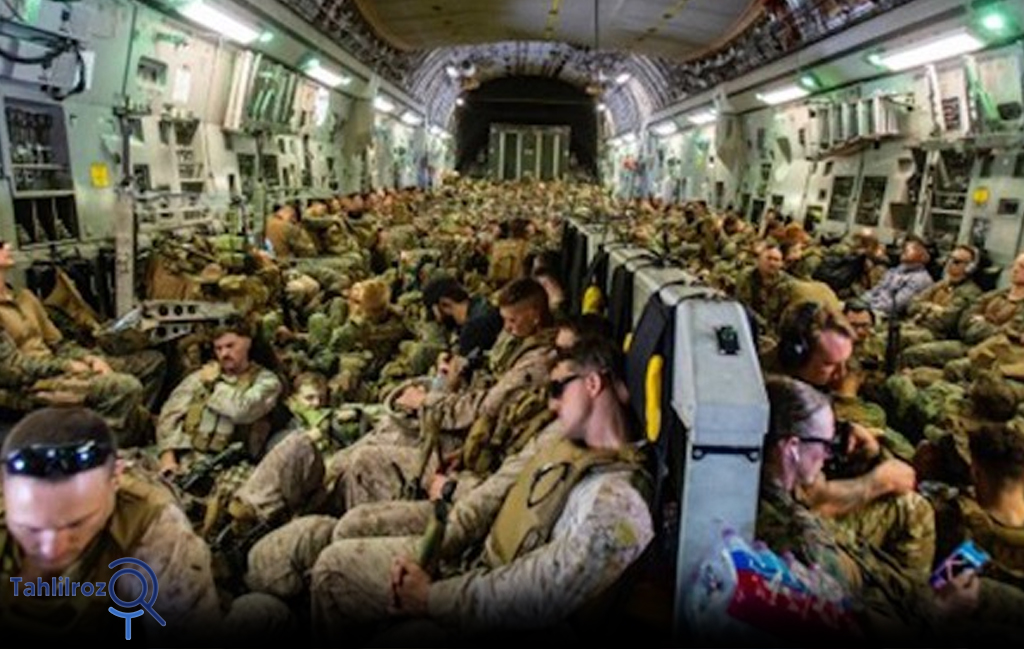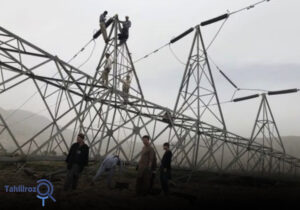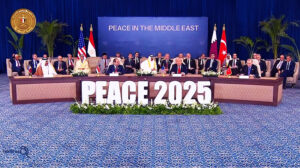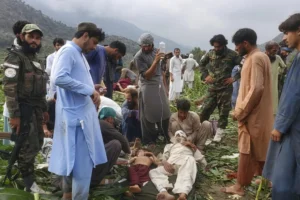John Sopko Confessions
In the contemporary history of Afghanistan, no dark chapter has been as tragic and contradictory as the Taliban’s return to power. The fall of the former Afghan government in the summer of 2021 not only marked the end of two decades of American military and political efforts in the country, but also left a deep scar in the memory of the Afghan people.
In a bitter but frank interview, John Sopko, the former US special inspector general for Afghanistan reconstruction, presented a shocking account of why this fall occurred; an account that, while admitting defeat, exposes broader dimensions of mismanagement, corruption, and a lack of deep understanding of the reality of Afghanistan.
His words are like a mirror that not only illuminates the reasons for America’s failure, but also reveals the shortcomings and empty ambitions of former Afghan rulers. This article analyzes Sopko’s words and compares them with data and statements from other experts.
US withdrawal: a historical embarrassment or an inevitable end?
John Sopko called the US withdrawal “a disgrace” and believes that the decision was made without careful planning and a proper understanding of the realities on the ground. This view is not unique to him. General David Petraeus, the former commander of US forces in Afghanistan, also described the US withdrawal as “hasty” and “completely wrong” in an interview with CNN.
Even General Mark Milley, the chairman of the US Joint Chiefs of Staff, confirmed during congressional hearings in 2021 that the collapse of the Afghan government happened “much faster than expected.” According to him, Washington made decisions about when and how to withdraw without considering the realities on the ground.
The fact is that the speed of the collapse of the republican system after the withdrawal of US forces in August 2021 surprised not only Afghan politicians but also the Americans themselves. In just 11 days, the Taliban captured more than 30 provinces and Kabul fell without any resistance. This was unprecedented in the history of US military interventions.
Structural Corruption: From Unaccounted Money to a Government Without Support
A key point in John Sopko’s speech was the widespread corruption in the previous Afghan government, which reached the brink of crisis with the unplanned injection of billions of dollars by the United States. The final report of the SIGAR office (2021) shows that more than $19 billion in reconstruction funds was wasted due to mismanagement or lost through corruption.
“In many cases, reconstruction projects existed only on paper. Roads that were not built, schools and hospitals that were never completed, and contracts that were awarded to shell companies,” states one of the organization’s side reports.
Washington’s support for figures with a dark human rights record, such as some local commanders, led the people to not consider the central government as their true representative. Sopko referred to this situation as “support for elements that are against human rights.”
A clear example of this was the support for people like Abdul Razaq Achakzai, the former police chief of Kandahar, who was repeatedly accused of human rights violations, but the United States turned a blind eye to these violations for tactical reasons.
Barnett Rubin, a prominent researcher on Afghanistan, has also repeatedly stated in his works that corruption was the most important factor that created a gap between the people and the government. Anthony Cordesman of CSIS also wrote in his 2019 report that “by relying on corrupt elites, the United States destroyed the opportunity for legitimacy in Afghanistan.”
The “Little Norway” Project, Rootless Ambition in the Afghan Ecosystem
John Sopko says bluntly that the United States wanted to turn Afghanistan into a “Little Norway”; that is, a developed and liberal country, without considering the real capacities, cultural context, and traditional structure of society.
This top-down view and xenophobic social engineering have been criticized by sociologists and experts for years. “Western development models without real public participation, even if financially successful, have failed socially,” wrote Barnett Rubin, a prominent analyst of Afghanistan, in an article in Foreign Affairs.
Rory Stewart, a British politician and travel writer, also said in his book “The Places In Between” that many Western projects in Afghanistan failed because of the “illusion of development from above.” Research by Brown University (Costs of War Project) has also shown that billions of dollars were spent on projects that either remained unfinished or ultimately had no lasting impact.
The attempt to introduce the concepts of liberal democracy, women’s rights, and civil liberties, without structural and cultural support in Afghanistan, caused these concepts to become more symbols of urban elites than the real needs of people in villages and small towns.
Even in Kabul, the capital, many development programs faced social resistance or were limited to only certain groups of society. This deep rupture widened the gap between the government and the people.
War on Terror or Production of Terrorists?
One of the most important quotes from John Sopko is: “Every time the US military killed an Afghan civilian, three or four new terrorists were actually created.”
This sentence reflects a bitter truth that has been repeatedly recorded in reports by organizations such as Human Rights Watch (HRW) and even the Pentagon: civilian casualties by foreign forces, especially in night operations, were the main source of public distrust of the Kabul government and fueled Taliban propaganda.
According to UNAMA (the United Nations Assistance Mission in Afghanistan), in 2019 alone, more than 2,343 civilians were killed as a result of operations by coalition forces and the ruling government. The Taliban took advantage of this situation to mobilize the public and legitimize their struggle.
Even in areas where the government was apparently in control, people did not feel safe due to the unjustified violence of the security forces. This not only weakened the government’s position, but also made the Taliban’s narrative of “occupation” seem more credible to many people. As Alex Stratford of Al Jazeera’s “Killing the Truth” examines the role of civilian casualties in increasing the Taliban’s popularity.

John Sopko and admitting failure of the original mission
Sopko says that the US mission was initially vindictive and then became a nation-building project. This strategic confusion caused no clear goal to be maintained over time. Retired General Stanley McChrystal also noted in his memoirs that confusion in goal setting led to a decrease in troop morale and ineffectiveness in large-scale planning. Andrew Bacevich wrote bluntly in an article in Foreign Affairs: “The United States entered Afghanistan without knowing how to get out.”

The Decline of Afghanistan’s Importance in American Foreign Policy
In part of the interview, Sopko makes a point that indicates a change in the United States’ approach in the post-withdrawal period: “Afghanistan is no longer as important to the current American administration as it was.”
This statement goes beyond an analysis; it rather reflects the United States’ strategic shift toward competition with China and Russia, where Afghanistan is no longer a priority.
In the 2022 US National Security Strategy, the main focus was on “containment of great powers” and not “countering terror.” In this regard, US Secretary of State Antony Blinken acknowledged in a Senate hearing (2023) that Washington’s main focus from now on would be on containing China and stabilizing the Indo-Pacific. This change, in practice, led to a significant reduction in humanitarian aid to Afghanistan, the cessation of military support, and general indifference of the US media and public opinion to the situation of the Afghan people.
Support programs from USAID and other Western agencies have been severely curtailed, and today only a fraction of this assistance is channeled through the United Nations or non-governmental organizations. Many Afghans feel marginalized in the game of great powers.
Conclusion: Lessons from the Ruins of Politics
John Sopko’s interview is a reminder that the failure of the Afghanistan project was not an accident, but the natural result of bad decisions, structural corruption, and strategic ignorance. For the Afghan people, these words are a reminder of the unforgettable pain that came not only from occupation and war, but also from empty promises and blind support for the corrupt.
If Afghanistan’s history is ever to be rewritten, conversations like these will be invaluable resources for analyzing the failures and rethinking the path forward. A deeper understanding of the causes of the collapse is the only way to avoid its repetition in the future, whether for Afghanistan or for any country that wants to become a field of foreign intervention in the name of “nation-building” and “human rights.”
Madina Mohammadi












